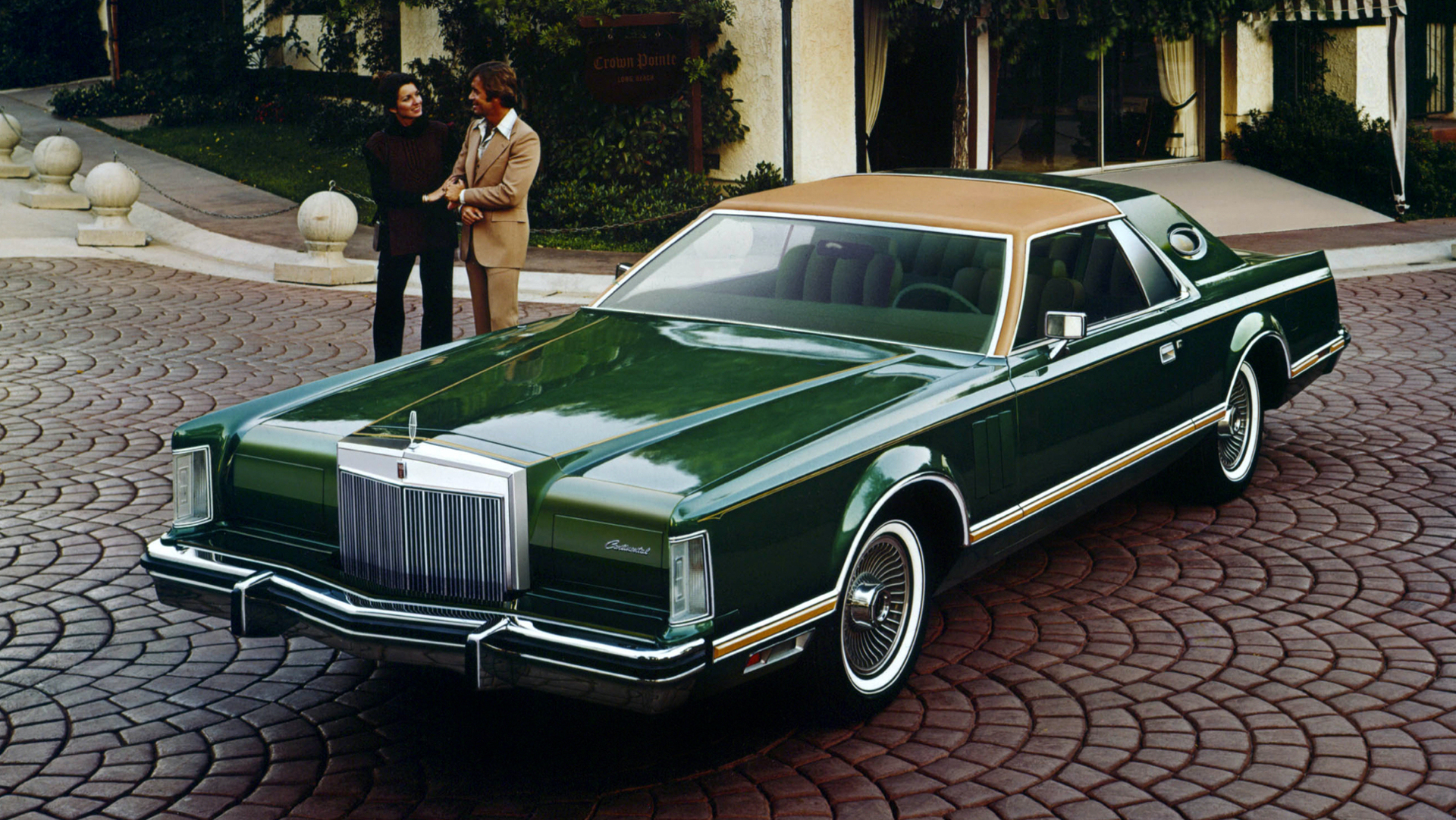

Once upon a time, big American luxury cars were all about one thing and one thing only: comfort. Queue the broughams.
The big “brougham” luxobarges that faded away in the nineties weren’t just un-parkable boats. They offered fancier interiors with cushy seats and a ride so pillowy soft that you could handle long highway trips with ease. If there’s a better way to see North America than in a brougham, I don’t know what it is.
Sure, you either love or hate the chrome accents, but sitting next to those stately, baroque touches could make you feel like royalty. These were cars you wanted to be chauffeured in, not to mention much nicer than the fleet-spec Lincoln Town Cars you’d get if you actually hired a chauffeur. Regardless of where you sit, navigating garbage potholed city streets is easier in a spacious expanse of rich Corinthian leather. (Or velour, of course.)

There’s a certain grandiose appeal to cruising around in vintage American personal luxury coupes, too. I’m not even a convertible fan, but putting down the top on such a car makes driving around feel like an event.
Broughams often came loaded with other bells and whistles that were ostentatious or cutting-edge for the time. Maybe you didn’t know you wanted lights that illuminate the side of the road when you turn on the blinker, a CB radio, anti-lock brakes, or in the incredible case of the 1971 Lincoln Continental Golden Anniversary Town Car, 22-karat gold-plated keys that came in their own jewelry box. Yet you could find these in broughams.

Brougham styling was like nothing else on the road. It was big. It was garish. And it was perfect. Originally, a brougham was an early car design where the driver sat outside of the enclosed passenger compartment, but in later years, “brougham” was frequently used as a model name or luxe trim level on big ol’ sedans. The car I grew up with is a prime example: an Oldsmobile Ninety-Eight Regency Brougham. Its cushy navy blue velour seats were exactly as awesome as that name implies.
Sure, ultra-high-end marques like Rolls-Royce and Bentley still take interior comfort and crazy features to their logical modern-day extreme. Yet they really aren’t attainable for most folks. The brougham was something a normal person could aspire to, even if they ultimately bought one used.

The biggest loss in modern-day American luxury cars has been their unique sense of style and purpose. We don’t have as many twisty, tiny roads built around mountains or medieval city centers here. We have long, wide-open highways that are better suited to big, comfortable cars that can float along just a little above the speed limit all day long with minimal effort.
Broughams were not without their flaws, which no doubt led to the impression that these spacious, comfortable cars were obsolete. Obvious badge engineering produced cars that felt like entry-level fare with some tacked-on chrome bits, most notoriously with the rebadged compact Chervrolet Cavalier known as the Cadillac Cimarron. Big brougham engines still floated along the highway just fine, but heavy cars and performance-choking smog modifications weren’t the best combo during Peak Brougham. Build quality on these post-sixties broughams wasn’t so great, either, leading to things like Cadillac’s fragile fin inserts and our Oldsmobile’s perpetually broken window regulators.
Yet the consequences of following everyone else’s lead filled the top-of-the-line American marques’ lineups with also-rans, ranging from anonymous crossovers to cars trying so, so hard to beat the Europeans. Cadillac in particular doesn’t seem to know what it wants to be anymore.

Recently, Lincoln gave me some hope that the spirit of the brougham could come back, especially with the stately Continental, which is the closest thing to a modern-day brougham sedan that’s sold at the moment. They brought back coach “suicide” doors on the Continental for Lincoln’s 80th birthday, for Pete’s sake. It’s not as flashy as the broughams of the past, but too much chrome wouldn’t fly nowadays anyway. Lincoln is also moving away from anonymous-sounding names like the MKX to things that sound truly fancy, like “Nautilus” and “Aviator.”
Yet the company announced just this week that they’d be discontinuing the Continental to focus on their crossovers and SUVs. Some of those broughamy comfort features, design nods and such no doubt carry over to the SUVs and Lincoln’s are quite handsome, but they lack that same “bring around the car, Jeeves” vibe. I admit that the business case for big luxury sedans in the middle of a turbo-awful pandemic/recession would be flimsy at best, but I can still miss ’em.
We’ve got to get rid of the idea that all cars have to be ultra-nimble and focused on performance. The brougham was an excellent vehicular counterpoint for all the times when we just need to travel in comfort and style. Appreciating this does not make you an old fart. We could do broughams better now. Sturdier. More reliable. Less prone to disintegrating like those old Caddy fins. And yes, even with more precise handling.
After all, your commute probably isn’t on a race track.